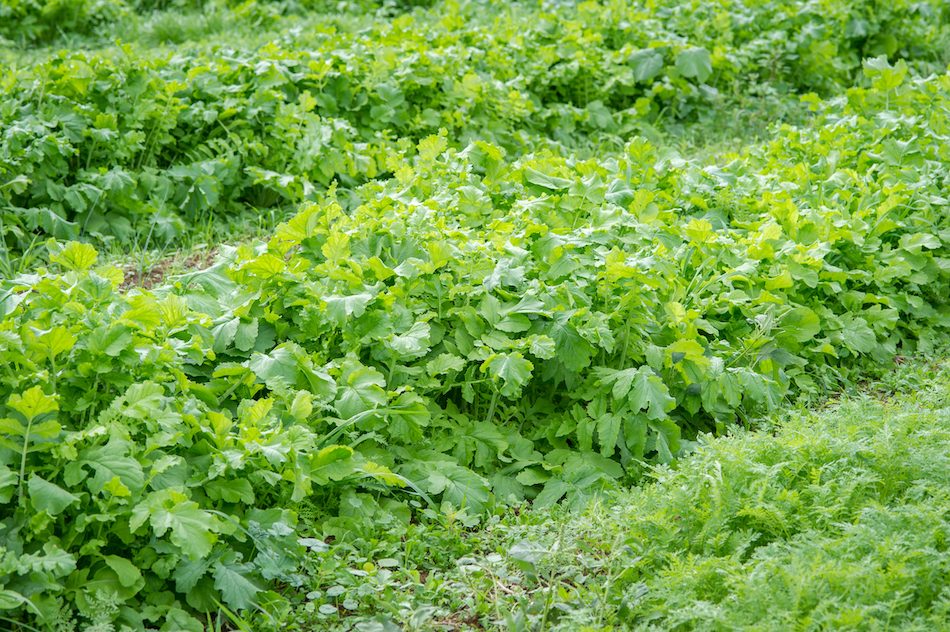Sniff! Up in the air. It’s smelly cabbage. It’s rotten eggs. It’s sewer-gas!
All three of those guesses were posted on social media regarding the origin of a mysterious strong and pungent smell in some rural areas of Bartholomew County.
And if you initially thought the smell from your old shoes and dirty socks is being propelled by your vehicle’s floor heater — social media posts, you aren’t the only one with that theory.
But a lifelong farmer, as well as next year’s chairman of the Bartholomew County Commissioners, knows exactly what the source is.
“It’s radishes,” Carl Lienhoop said. “Most of them were planted in fields last July when they couldn’t get a soybean crop in.”
Those radishes were planted as a cover crop, which is grown between main crops such as wheat, corn or soybeans during a normal year when the soil would otherwise be bare, according to a May 30, 2018 article published by the American Society of Agronomy.
But it’s no secret this was not a normal year for many American farmers. There were few, if any, windows of time to plant major crops, due to the wettest 12 months on record being followed by almost drought-like conditions during the first half of the summer.
While Lienhoop said the miserable growing conditions were widespread across the country, Pro Farmer grain marketing newsletter editor Brian Grete made a distinction regarding Indiana corn and soybean crops this year late last August.
“In terms of maturity, I would say it’s right down there at the bottom of the worst ever,” Grete said.
Although some farmers did manage a partial recovery late in the season, others were prevented by the weather from planting another major crop, so radishes were left to do what cover crops do: control erosion, build soil and suppress weeds, the American Society of Agronomy report stated.
Besides all of that, radishes can also create deep channels in the soil that make it easier for subsequent crops to reach water in the soil below, according to the report.
“By their very nature, radishes can also help break up compacted layers in the ground,” Lienhoop said. “It’s like putting in great compost.”
Radishes are also known to benefit water quality. It does so by taking up nitrogen, in the form of nitrates, from the soil. This means less nitrogen in the soil that can run off to nearby streams and lakes, the agronomy reports states.
But there is just one problem, Lienhoop said. As soon as the first frost arrives, the life cycle of the radish is over and the edible root vegetable begins to decompose.
“And boy, does it ever stink,” the commissioner exclaimed.
You don’t even have to be near the field to smell it. Even a light wind can carry the revolting scent two or three miles from where they are planted, Lienhoop said. The smell will likely continue to linger in some areas until after the current mild spell gives way to more typical winter weather, he added.
Most of the radishes were planted in late July after other planting deadlines had passed, Purdue agricultural experts say.
While many don’t like the scent, most Bartholomew County residents don’t complain because they know local farmers have had more than their share of troubles this year, according to a number of social media posts.
“This has been an extremely tough year for farmers. Emotionally and, in many cases, financially,” Lienhoop said. “But we all believe things will improve in 2020 because no two years are alike.”





Post a comment
Report Abusive Comment